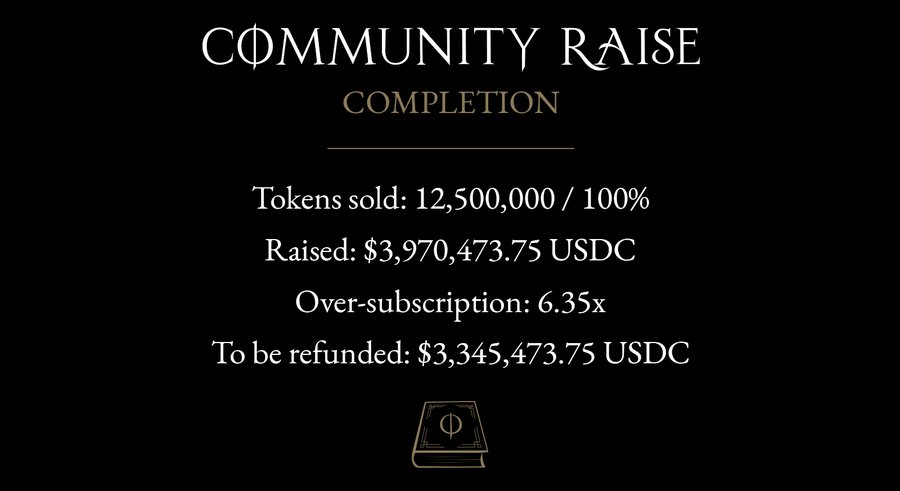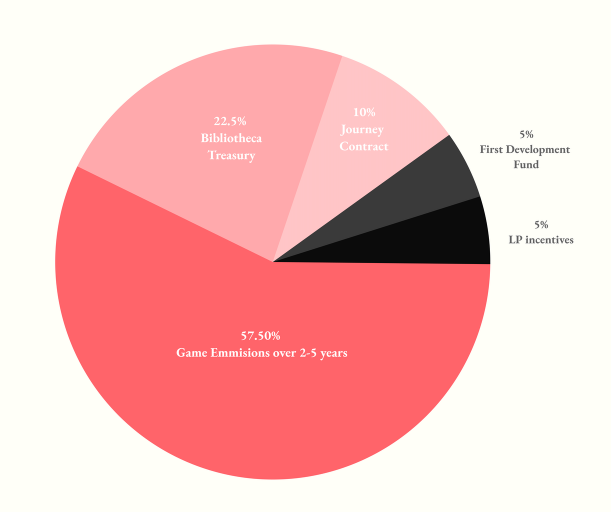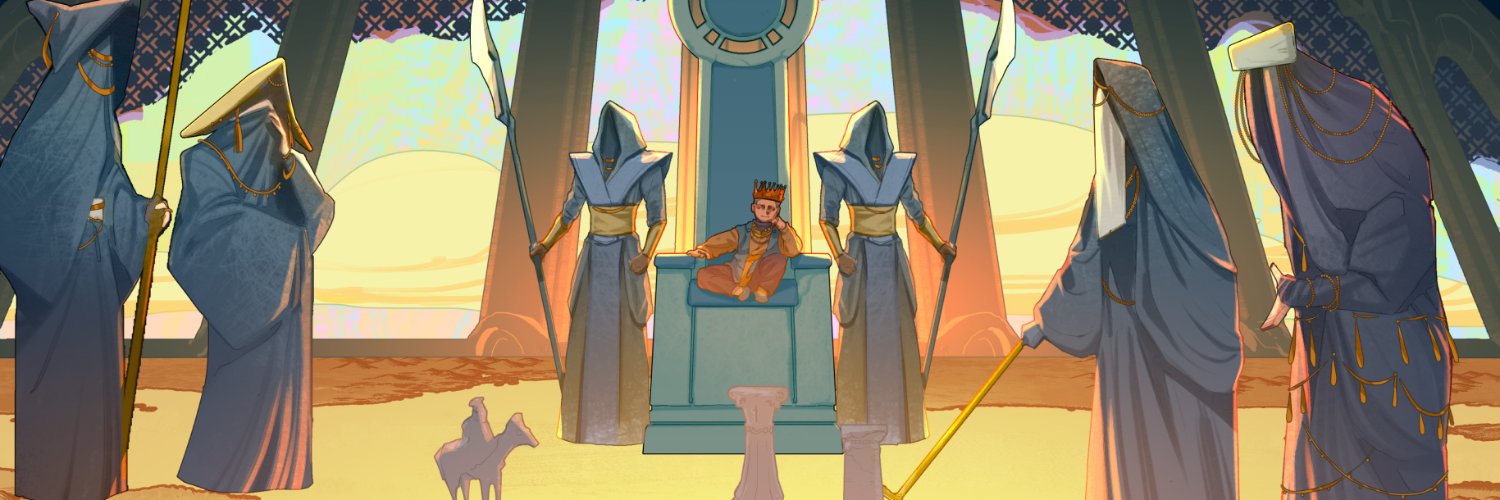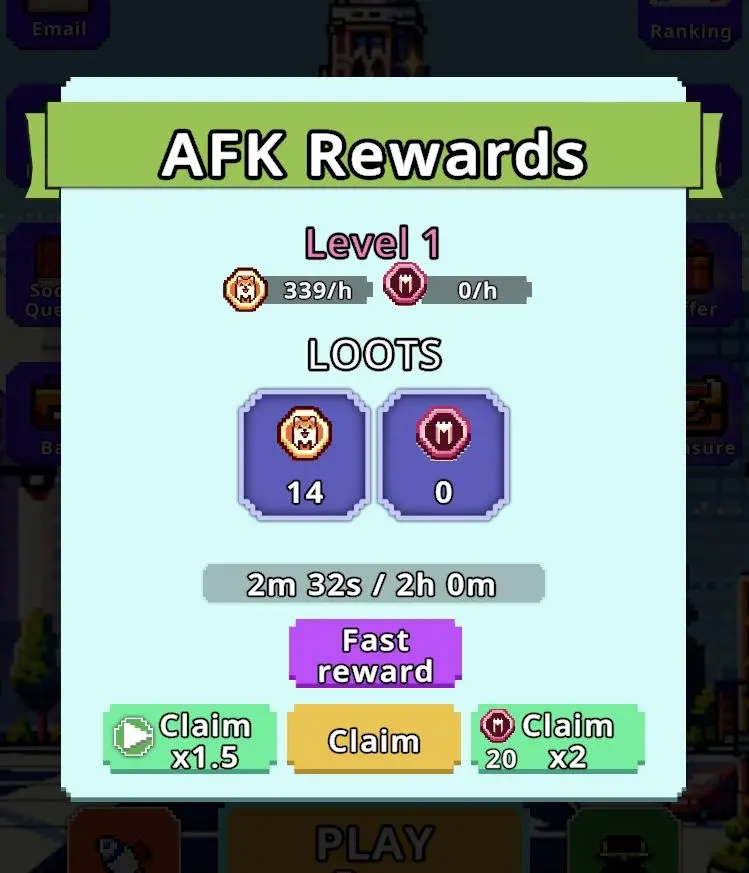Can full-chain games really benefit equally from both Web2 and Web3?
Author: Kasou Kazoku
According to data from Fortune Business Insights, the global gaming market reached a size of $249.55 billion in 2022, with projections to exceed $280 billion in 2023 and potentially surpass $600 billion by 2030. In comparison, the global film industry's market was only $94.4 billion in 2022. This data emphasizes the significant position of the gaming industry in the global economy while revealing its immense potential in both depth and breadth.
However, the traditional gaming industry faces two major challenges: licensing restrictions and high upfront development costs. These challenges have spurred the application of blockchain technology in the gaming industry. Blockchain games, such as Axie Infinity and Stepn, demonstrate the potential of combining gaming with the crypto economy, bringing unprecedented transformation to the gaming industry.
The rise of full-chain games has achieved fairness in gaming by putting game logic, states, data, and assets on-chain. This model provides more freedom for third-party developers, transforming gaming from a traditional company-consumer model to a player-as-creator model.
Realms, as a derivative project of the Loot ecosystem, showcases significant potential in this field. Its NFT assets and Token LORDS market value suggest that Realms may be undervalued. With key development milestones approaching, Realms is expected to become one of the most influential gaming projects in the Loot metaverse, offering Loot holders a new experience that is both fun and profitable. The following will introduce the Realms project.
Overview of Realms: A Leading Developer Community in the Loot Ecosystem, Raising Nearly $40 Million
The development team of Realms has expanded from initial hackathon enthusiasts to include several active developers such as lordOfAFew, RedBeard, LevelsOfDescription, and MikeN. As one of the most influential developer communities in the Loot ecosystem, Realms has naturally received strong support from Loot founder dom and The Genesis Project (for Loot) developer TimshelXYZ. These supporters not only drive the development of the Realms project but also actively participate in the construction of the entire Loot ecosystem.
In February 2023, Realms announced through its official Twitter that its private fundraising activity in the Bibliotheca Dao community was a tremendous success. Although the initial goal was to raise $625,000, the final amount raised reached $3,970,473.75, exceeding expectations by 6.35 times. This achievement prompted Realms to adjust the distribution of the LORDS token, with participants receiving a refund of 84.25% of their investment. As a full-chain game built on the Ethereum and StarkNet networks, Realms aims to develop an interactive meta-game on a layer-two network.

Realms discloses specific fundraising amounts
The initial issuance of 8,000 Realm NFT plots forms the cornerstone of its game world. These plots represent various kingdoms and city-states, each with its unique geographical features and resource combinations, including cities, regions, rivers, and ports. Notably, 50 of these Realms possess mythical wonders, which grant their owners special powers, such as taxing other Realms, while also adding strategic depth to the game.
From the current market value situation, it seems that Realms' NFT assets and released Token LORDS are undervalued. As the project approaches critical development phases, Realms is expected to become one of the most influential gaming projects in the Loot metaverse. For Loot holders, this means they can finally experience a chain game that is both fun and economically valuable.
The 8,000 plots of Realms are not only the locations where games will occur in the future Loot metaverse (Lootverse) but also key assets that inject vitality and liquidity into this expanding Lootverse. The task of Realms lords (Realms NFT holders) is to build their territories, form alliances, and harvest resources. At the same time, as lords, they must also establish armies to protect their territories from enemy invasions and resource theft.
Analyzing Realms' Dual Token Asset Model: Native Token LORDS and Resource Token Resources
The economic system of Realms is one of the key factors behind its success. Through carefully designed production, accumulation, trading, and consumption mechanisms, Realms showcases an innovative and balanced game economic model. This model not only facilitates the trading of game items but also achieves a dynamic balance between asset supply and consumption, attracting more players to join.
The two main assets in the game are LORDS and Resources. LORDS, as the native token of the game, not only has governance functions but also serves as the medium for in-game transactions. Resources, on the other hand, are the resource tokens with different functions in the game, totaling 22 types. Players need to trade resources in the market to maximize the efficiency of resource utilization.
Realms' resource mining mechanism is quite unique. For example, Realm NFTs with multiple resource attributes can mine various resources daily, while those with a single resource attribute can only mine one type of resource per day. This mechanism not only increases the game's strategic nature but also enhances player engagement.
The release strategy of the LORDS token is also part of its economic model. Through NFT staking and in-game mechanisms, the LORDS token is released in phases, ensuring market stability. In the early stages, 10% of the total token supply is released through NFT staking, while later in-game mechanisms will release 57.5% of the tokens over 2-5 years. The token distribution is as follows:
The market performance of the LORDS token also proves the effectiveness of Realms' economic model. Its increase far exceeds the market average, with a 7-day increase of 65% and a 1-year increase of 687%, demonstrating strong confidence and interest from investors.
Realms adopts a dual or multi-token model, introducing 22 types of ERC1155 resource tokens in addition to the main token $LORDS. These tokens are used for various transactions in the game, such as building structures and recruiting armies. Players must weigh the production costs and benefits of different resources, thus avoiding purely resource mining behavior.

Token economic model of LORDS assets
The $ETH obtained from NFT market transactions becomes a stable source of liquid assets for the DAO. This mechanism reduces the DAO's reliance on selling $LORDS tokens and enhances the overall sustainability of the economy. Through these innovative economic strategies, Realms provides players with a challenging yet balanced gaming environment.
Understanding the Realms Ecosystem, Which May Implicitly Contain the Iterative Logic of Full-Chain Game Technology
The Realms ecosystem not only includes diverse gaming experiences but also promotes the advancement of full-chain game technology. The main games in the ecosystem include Loot Survivor and Realms: Eternum. Loot Survivor is a rogue-style survival game where players battle monsters during their adventures, having to choose between fighting and fleeing, while allocating experience points to upgrade attributes and extend survival time. Realms: Eternum is a sandbox strategy simulation game, similar to the Civilization series, requiring players to have at least one Realm to participate in the game, where they need to build kingdoms, organize armies, and manage resources and buildings.

Realms game screen
Additionally, the Realms ecosystem includes other on-chain games based on its worldview and ecological construction, such as Rising Revenant and Arcane Assembler, which enhance the diversity of the Realms ecosystem.
Realms was initially based on the NFT project Loot and attempted to run on Arbitrum in its early stages but encountered technical challenges. The team found that the Ethereum Virtual Machine and Solidity were not well-suited to the needs of a full-chain gaming ecosystem, so they turned to using Starknet and the Cairo programming language, adopting a modular approach to reconstruct the game.
In the field of full-chain games, the concept of game engines is equally important. Traditional game engines like Unity and Unreal play a core role in graphics rendering, physics simulation, and network communication. Similarly, dedicated game engines have emerged in the full-chain gaming field. For example, MUD is a full-chain game engine on EVM that debuted in 2022 and was officially released by Lattice Studio in November of the same year.
After Starknet released Cairo 1.0, core contributors of Realms and other ecosystem developers proposed the idea of developing a full-chain game engine on the Starknet network. This concept was realized in February 2023, with Dojo emerging as the native full-chain game engine for Starknet.
Therefore, Realms is not just a full-chain game on Starknet; it also represents a complete ecosystem that includes multiple games and technological innovations. The Realms ecosystem plays an important role in promoting the development and innovation of full-chain game technology, showcasing the potential and possibilities of this emerging field.










